In Amsterdam, Predicting the Future of Photography
Ahead of the Unseen Photo Festival, beginning on September 16 in Amsterdam, Emilia van Lynden, Head of Artistic Affairs, speaks with Aperture about what to expect from this year’s edition of the pioneering photography fair, including a pop-up portrait studio, zine swapping, and young talents on the rise.
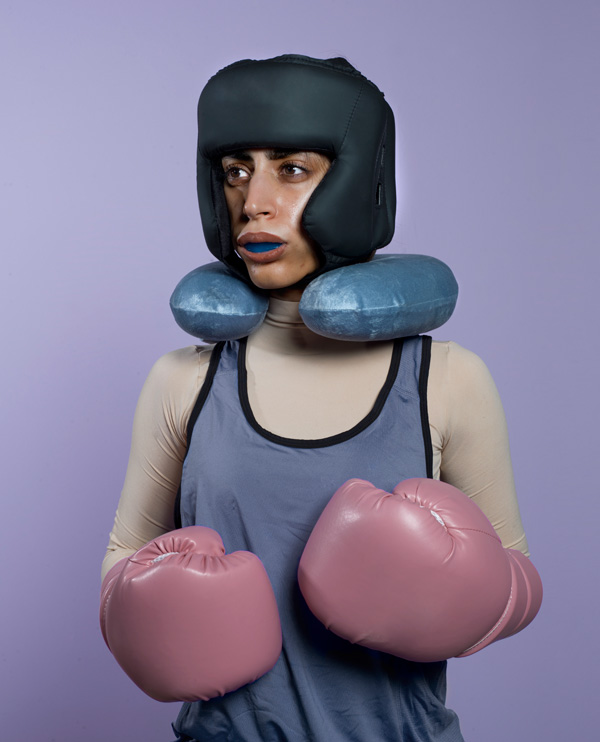
Christto & Andrew, The Rumble in the Jungle, 2016 © the artists
Aperture: Since its first edition in 2012, Unseen Photo Festival has set out to present unknown talents and unknown works by major, established artists. Or, as the campaign artist duo Christto & Andrew put it, to “‘predict’ the future of photography.” Now in its fifth year, what has changed? What can audiences expect from this year’s Unseen? Are there still unknown images to discover?
Emilia van Lynden: From its inception, Unseen has indeed aimed to show what is currently happening within the world of contemporary photography, to look to the future of the medium instead of focusing on its past. To predict the future of photography is, however, impossible as its future has many paths: there are multiple directions in which photography is moving and many of these futures are visible at Unseen.
One of them is the notion of embracing the history of the medium in completely new ways. We have seen more emerging artists who maintain the analog elements of photography: artists who reject the need to move completely into the digital realm, artists who instead step back into the darkroom to experiment with historical tools or methods. It is these artists who still primarily see the photograph as an independent object and want to focus on the craftsmanship of photography. This is why we have chosen to curate a show with the photographer and film director Anton Corbijn in this year’s Unseen Photo Festival, which highlights a range of artists who still believe in the intrinsic value of the photograph as an object. The exhibition will include artists such as Antony Cairns, Thomas Mailaender, Daisuke Yokota, and Taiyo Onorato & Nico Krebs. Additionally, the works of Nerhol, Adam Jeppesen, and Paul Kooiker will be included.
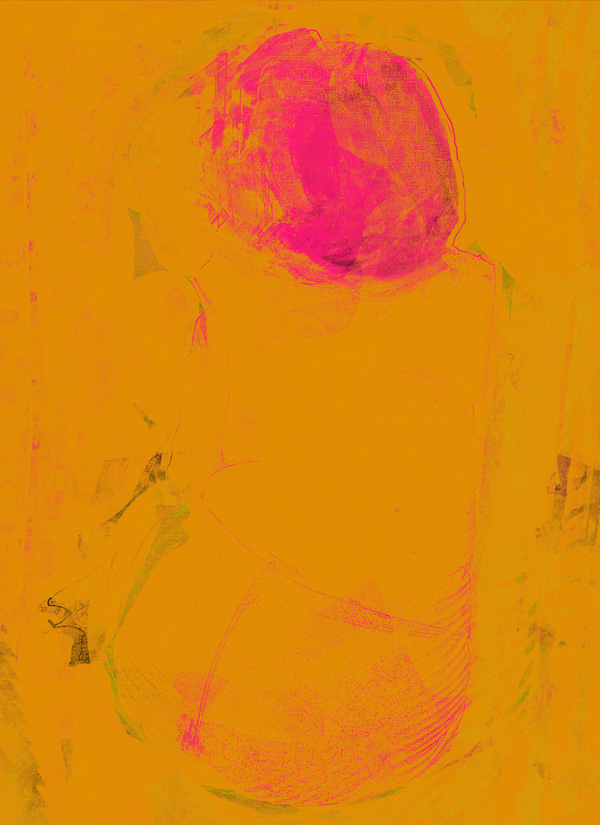
Paul Kooiker, History X (hxgfghv), 2016 © the artist and courtesy tegenboschvanvreden
We are also creating a project at the fair site that hones in on the future of African portraiture. There has been a recent resurgence in the presentation of African portraiture within the photography community, especially through the work of masters such as Malick Sidibé and Seydou Keïta. We want to show what emerging artists on the African continent are currently doing with portraiture. Some of these artists, such as Pierre-Christophe Gam, reference African photographic heritage but interpret it in their own completely different ways. Others have looked at the portrait in novel ways, not looking back at past practitioners. Their work raises the question: Is there such as thing as “African portraiture”? The project Face to Face, cocurated by the magazine OFF the wall, invites seven artists to Unseen to run a pop-up studio, including Atong Atem, Delphine Diallo, Laila Hida, Lebohang Kganye, Louis Philippe de Gagoue, Pierre-Christophe Gam, and Zanele Muholi, who will take portraits of visitors.
Unseen Festival visitors and Unseen Magazine readers can also look forward to discovering brand new work through Unseen Premieres, which we introduced three years ago. These are works that have never been seen before in a gallery, institution, or at an art fair. We are overjoyed to be able to premiere seventy-nine artists at this year’s edition of Unseen. This means that people will be viewing works that have never been physically seen before and this is, of course, a hugely exciting moment for us.

Atong Atem, fruit of the earth, 2016 © the artist and courtesy Red Hook Labs
Aperture: Each year, the location of the Unseen Photo Festival within Amsterdam changes in order to introduce audiences to different neighborhoods. Why was Spaarndammer chosen for this year and what does the neighborhood have to offer?
van Lynden: Spaarndammer has a fascinating social history. Renowned for being heavily socialist during the twentieth century, the neighborhood was extremely community-led and there was, and in many ways still is, a great sense of helping one another within the entire neighborhood which has made the community very close. Additionally, this geographical area is where the architectural style of the Amsterdam School was born in order to increase social housing opportunities for local families. Many of the breadwinners within these families were craftsmen and they were housed in what is now Het Schip, the neighborhood’s main museum. Having researched the history of Spaarndammer, we thought it was the perfect place to host our exhibition TOUCHED: Craftsmanship in Photography, curated by Anton Corbijn. This year we are also celebrating the 100-year anniversary of the architectural style, so the timing couldn’t be better.
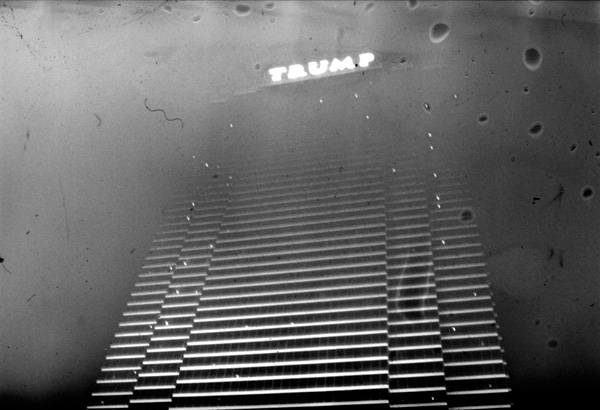
Antony Cairns, LA-LV 45, 2015 © the artist and courtesy Roman Road
Aperture: In addition to the fair, what are the other events around photography taking place in Amsterdam, either at museums, bookshops, or pop-up spaces? What are some of the highlights of the public programs?
van Lynden: Unseen Photo Festival has an extensive program of pop-up exhibitions and workshops throughout Amsterdam. In one of Amsterdam’s public libraries, Zines of the Zone, which hails from France, will set up an exhibition showcasing the scope and variety of photography zines. They will also be leading a zine-making workshop introducing the public to the extensive possibilities of what you can do with recycled materials. This collaboration links to one of the Unseen Niches—presentations given over to artist-run initiatives or collectivest the fair, the New York-based 8 Ball Zines, will create an exhibition based on zine swapping. Christto & Andrew are inhabiting an outdoor public swimming pool, Het Brediusbad, to put on an exhibition entitled The Politics of Sport, which focuses on absurdities of the sports industry, particularly in countries that host major sports events despite having no tradition of this form of recreation. Another highlight is Artist Recipes that takes place in a community restaurant in the Spaarndammer neighborhood where visitors can have a three-course dinner curated and hosted by emerging artists. Lastly, Unseen is collaborating with sixteen of Amsterdam’s public institutions, ranging from the Stedelijk Museum to Foam and Huis Marseilles.
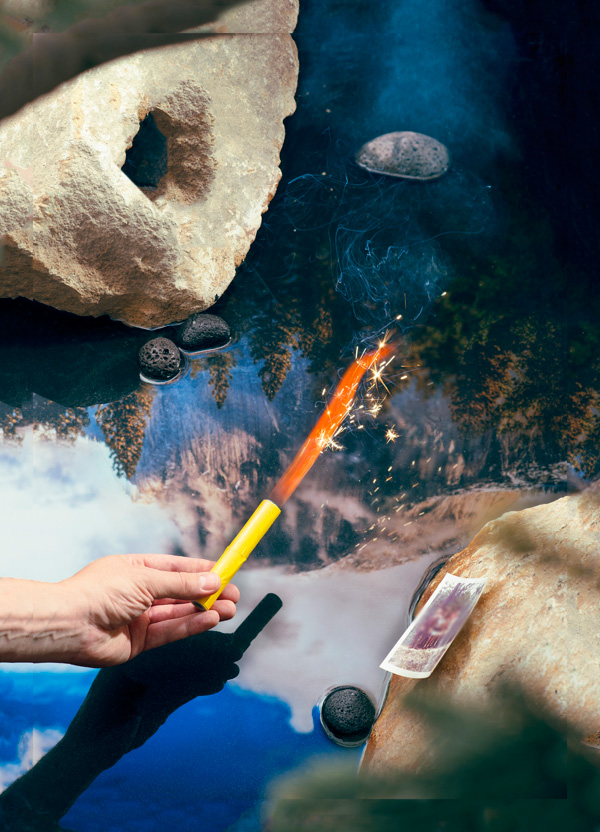
Thomas Albdorf, I Made This For You, 2016 © the artist
Aperture: The ING Unseen Talent Award spotlights young European photographers. What is special about this award and could you give us a preview of this year’s nominees?
van Lynden: This year we decided to make the ING Unseen Talent Award a fully European award, selecting scouts from across the continent to nominate their favorite young artists.
I think the most important aspect of the award is the coaching trajectory, which we set up with the nominees in the months leading up to Unseen. This year, American photographer Todd Hido is the coach of the award, guiding the five nominees over a four-month period to make one specific work to be presented at the fair. The nominees are also given advice from other photography professionals and therefore get a range of insights to which they might not have previously had access. The nominees also get the chance to give feedback to their peers, which I think is an exceptional way of working with artists who are at the same stage in their careers.
This year’s nominees are Thomas Albdorf, Felicity Hammond, Laurianne Bixhain, Miren Pastor, and Tereza Zelenkova. They all have approached the theme of this year’s award “Fool for Love” from completely different angles ranging from human relationships and the foolish side of adolescence to being fooled by the love we have for our urban surroundings.
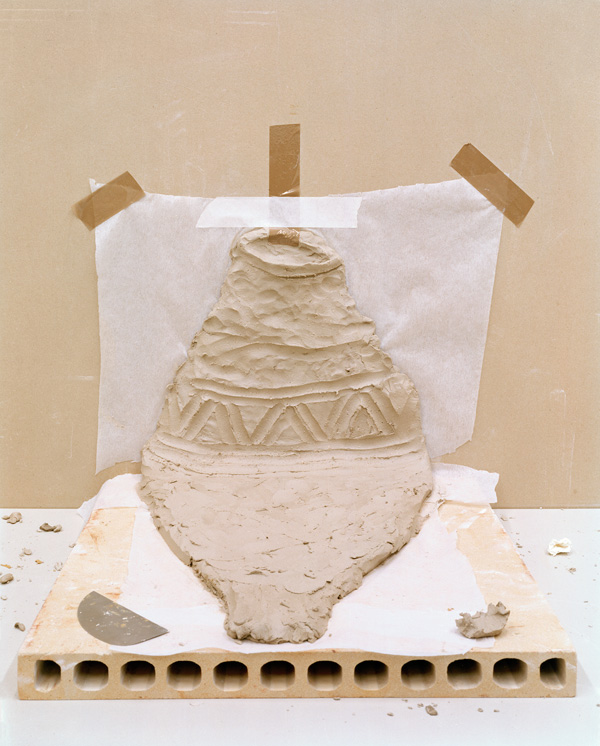
Femke Dekkers, Vaas (1), 2016 © the artist and courtesy Galerie Bart
Aperture: What artists are you particularly excited to see participating in Unseen this year?
van Lynden: We present the work of over 150 artists and will be exhibiting more than seventy Unseen Premieres at the fair. I am looking forward to seeing all of our premieres, but to name a few, I am hugely excited about the newest work of emerging artists Juno Calypso, Femke Dekkers, and Jonny Briggs, as well as new or previously unexhibited work of more established artists Roger Ballen, Isaac Julien, and Christiane Feser.

Jonny Briggs, A Destruction Reconstructed, 2014. © the artist and courtesy mc2gallery
Aperture: Unlike most of the major art fairs in Europe and the U.S., Unseen is only focused on photography. Even though lens-based media has become integrated into so many contemporary, interdisciplinary art practices today, why do you think it’s still important to celebrate photography as it’s own art form?
van Lynden: Unseen is a niche fair in the sense that we only work with photography and, on top of that, we only show work created in the last three years, with a definite focus on emerging talent. We put photography in the limelight because there are so many artists working within this medium and creating phenomenal works of art, tackling global issues, and telling relevant stories. Photography is moving at such a rapid pace—and we applaud and welcome new forms of interdisciplinary practice—but we believe it’s essential to come together once a year and focus solely on what is happening right now within the medium.
Unseen Photo Festival takes place in Amsterdam from September 16–25, 2016.























